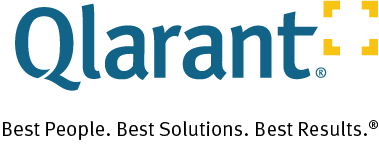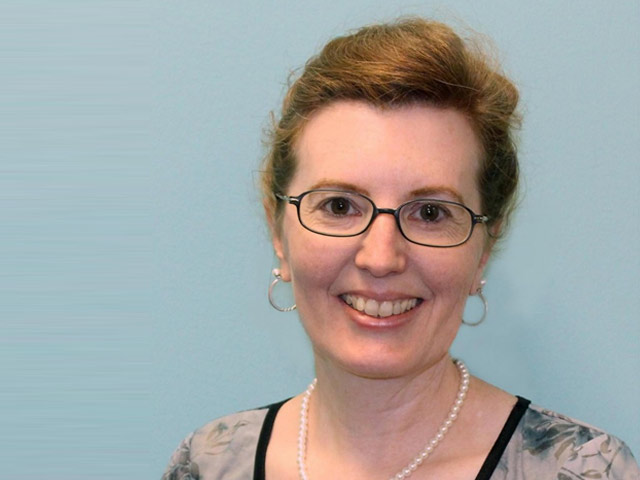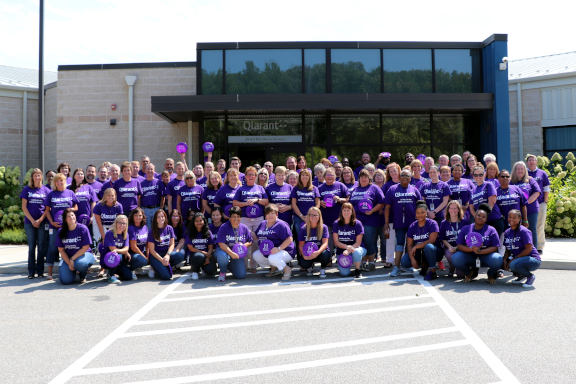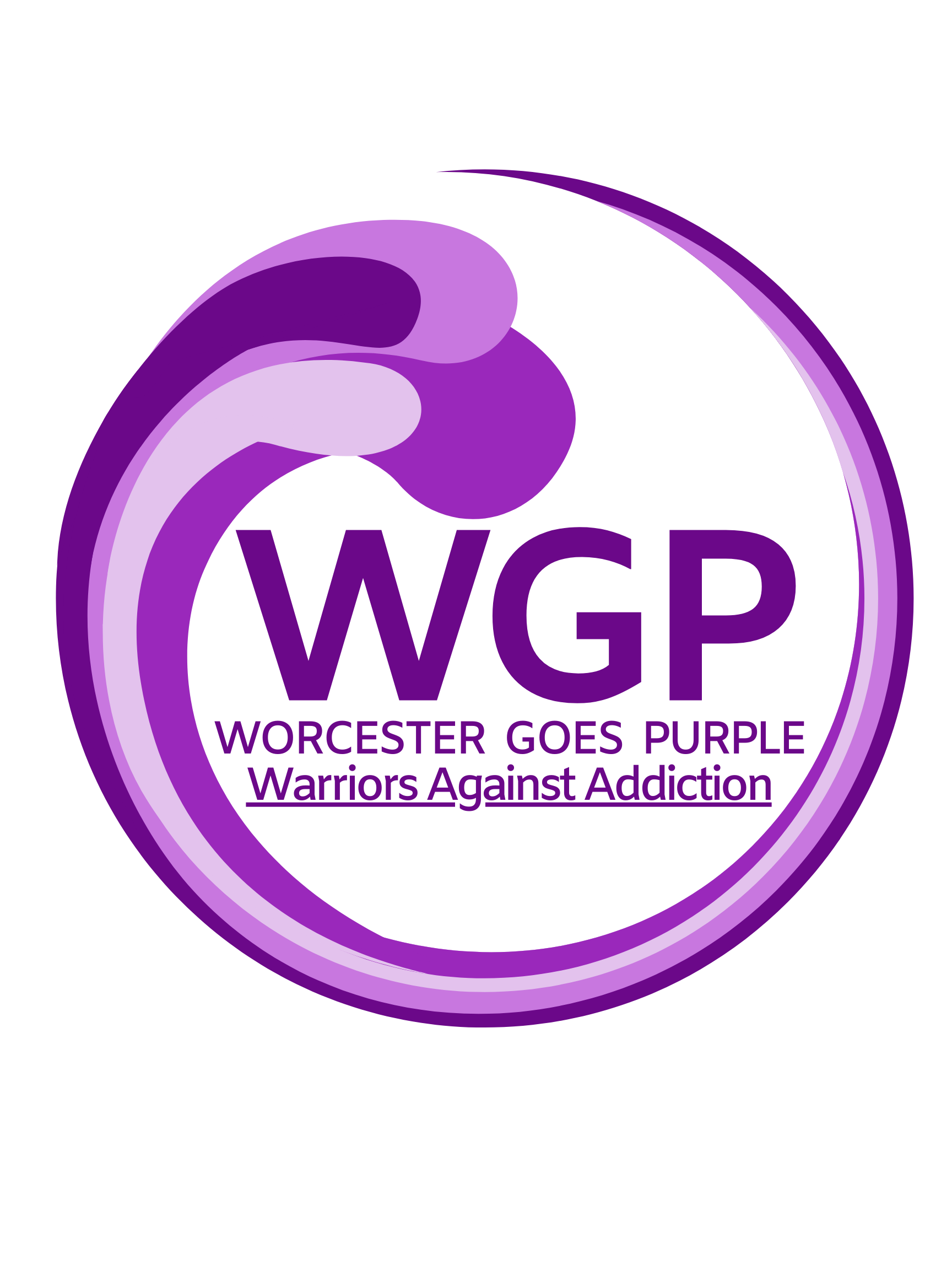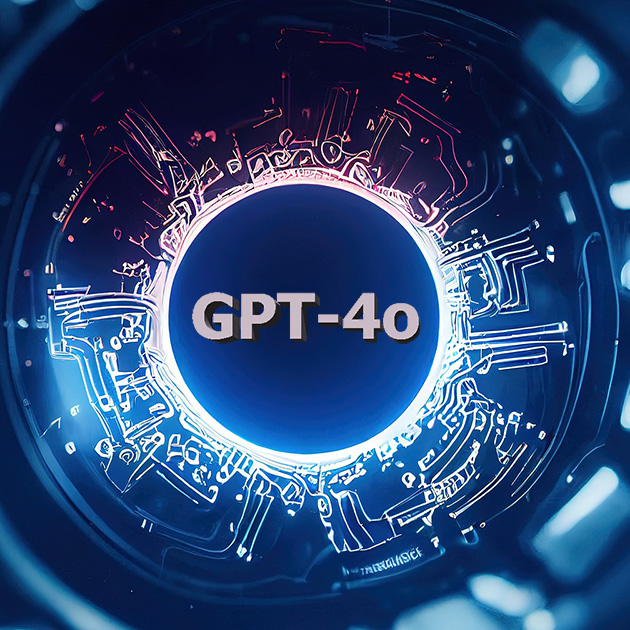The Lost Art of Face-to-Face Conversation
Imagine you are in a restaurant and at the next table over you see a family of four. There appears to be a father, mother, and two children. However, no one is talking, laughing, or making eye contact with one another. Instead, they are all looking down at their smart phones. Now imagine you are visiting a healthcare office or hospital and the provider is doing the same thing. This has become a recurring scenario in many health care settings. Doctors, nurses, even therapists interacting with computer screens more than they do with their patients is pretty much the norm. According to a Forbes article, this is known as the “iPatient” phenomenon1.
 “i” (iPad, iPhone), has been marketed by Apple® since 1998. Created by Steve Jobs, the “i” in iMac stood for Internet. These days, anything associated with technology, often has either an “i” or an “e” (i.e. eRecords) in front of the word. By putting an “i” or “e” in front of patient, does that take the “human” out of patient and make the “human” more like a “thing”?
“i” (iPad, iPhone), has been marketed by Apple® since 1998. Created by Steve Jobs, the “i” in iMac stood for Internet. These days, anything associated with technology, often has either an “i” or an “e” (i.e. eRecords) in front of the word. By putting an “i” or “e” in front of patient, does that take the “human” out of patient and make the “human” more like a “thing”?
Stepping back a second, why are we discussing experiences about less eye contact between patients and healthcare professionals? Oh yes, now I remember, the implementation of the EHR. Technology designed to streamline patient care, produce legible records for other providers caring for patients, and to help health professionals be able to “see” the whole patient (i.e. know what tests have been performed, diagnoses already ruled out, medications tried and determined not to be effective). checklist-2077023_1920It is also supposed to help decrease healthcare costs by reducing redundancy in services by multiple providers and improve healthcare outcomes by allowing the sharing of information across disciplines. All great goals, but are we losing the care in healthcare?

As we grow increasingly reliant on computers to help make decisions, today’s healthcare professionals spend more time in front of the monitor charting and examining tests results and less time meeting the real live person. Remember the days before digital when you could actually hold “data” in your hands? Radiologists used to go over chest films with the medical team. Now a radiologist may be reviewing films at home in the evening alone. Provider rounds are slowly disappearing, along with the time allowed for clinicians to be able to think collectively about what something may mean. Is technology causing us to make decisions faster without giving our human brain time to think and rationalize? Humans are not computers and everything is not according to the textbook or black and white.
Nurse friends of mine that still provide direct patient care in today’s environment state that charting via the “old” paper way actually took less time and gave them more time with the patient. Time with the patient was what they enjoyed and why they became a nurse. E-paperwork was not the care they wanted to provide. From their perspective, valuable information that they could gather from direct human-to-human contact has suffered. Bedside skills appear to have dropped in inverse proportion to the technology available as evidenced by hospitals having to implement Medical/Surgical Skills Day to ensure that staff remember how to correctly perform basic tasks learned in nursing and medical school.
Based on my own recent office visit, less direct human communication levels started when I walked up to the front desk to check in for my appointment. I was handed an electronic tablet and told to review and sign the documents and make corrections for any data that is wrong. Soon afterwards, my name was called and I headed back to an exam room. My Provider entered the room and went directly over to the computer, pulled up my records (that I just put in) including the reason why I was at the office in the first place. comicNot taking her eyes from the computer, she asked me questions of what brought me there. As I was explaining my symptoms, I noticed that my provider was not even looking my way. She was concentrating on her computer screen and clicking boxes. Yes, being a healthcare professional myself, I understand why she has to do that and yes, I appreciate that it is important that she does it; however, I thought to myself, was my provider even listening to what I was saying.

Back when I was growing up and again later, when I was in nursing school (before computers, as my son would say, “old”), I was taught that if you are not looking at the person that is speaking to you, then you are not listening. Experience has taught me that active listening involves more than the ears. To really understand what a person is telling you, you have to see their facial expressions. It feels like yesterday when I was taught this, but in technology time, it was a lifetime ago. Technology time changes quickly and more frequently. What was here today is gone tomorrow. My Provider did a quick hands on examination, ordered a diagnostic test, and a prescription that was directly sent to the outpatient diagnostic office and pharmacy of my choice according to my healthcare plan. I did not have to do a thing. I was taken completely out of the picture. Almost like I was never even there.
What’s your experience?
Disclaimer: This Blog is for educational purposes only as well as to provide general information and a general understanding of the topics discussed. The Blog should not be used as a substitute for legal advice and you are advised to seek additional information from your insurance carriers, Medicare and/or Medicaid agencies for additional criteria and regulations regarding these services.
